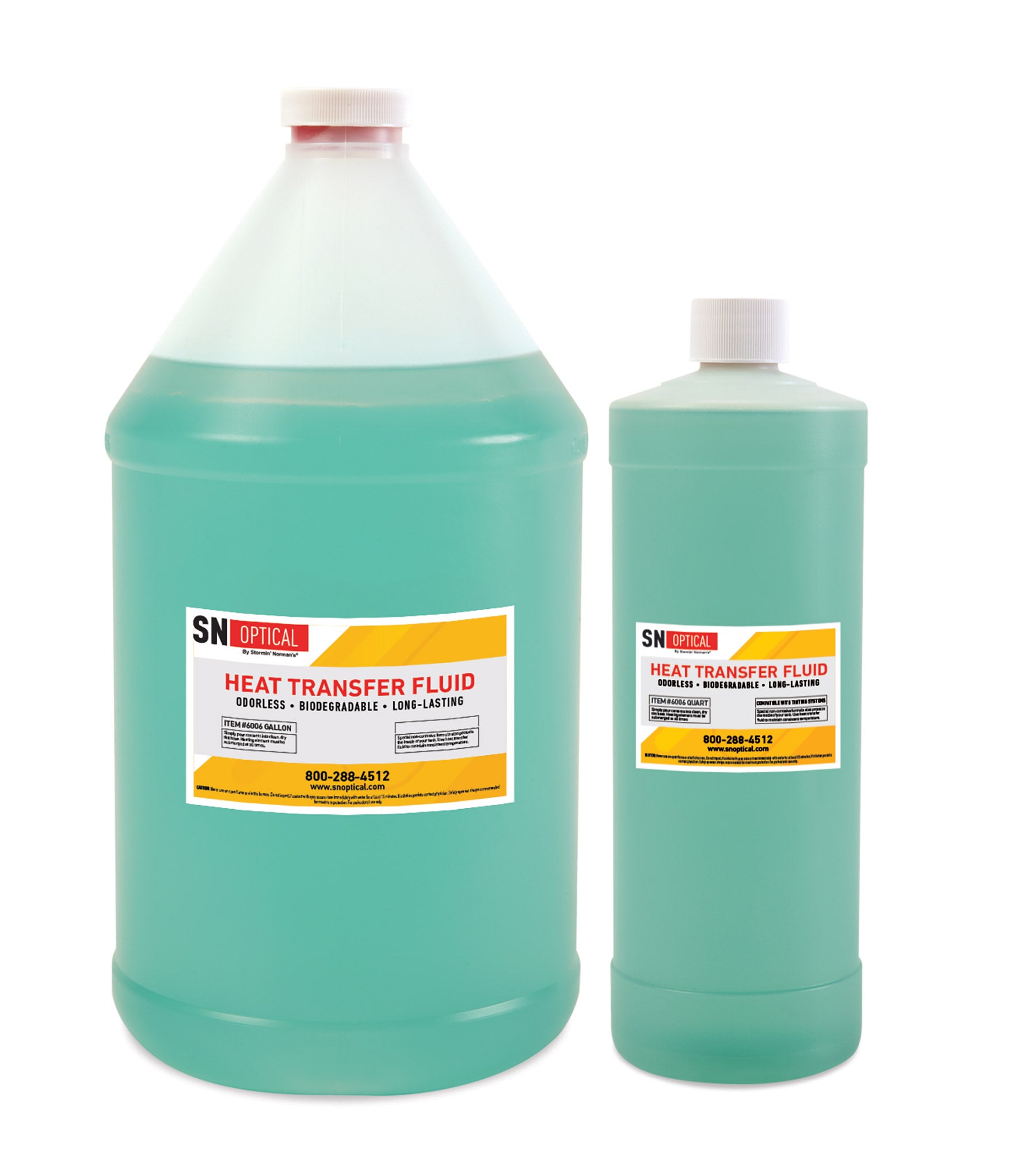How to Pick the very best Heat Transfer Fluid for Industrial Applications
How to Pick the very best Heat Transfer Fluid for Industrial Applications
Blog Article
Why Warmth Transfer Liquid Is Necessary for Optimizing Energy Transfer in Solution
The role of warmth transfer liquids in enhancing energy transfer is crucial for accomplishing effective thermal administration throughout numerous commercial fields. These liquids promote smooth warm exchange, guaranteeing processes run within optimal temperature level ranges and mitigating the risk of getting too hot.

Function in Thermal Administration
Warm transfer liquids play a critical role in thermal management by efficiently regulating temperature levels in numerous industrial procedures and systems. These specialized fluids facilitate the transfer of warm between different parts, ensuring ideal operating conditions and avoiding overheating. By preserving specific temperature level control, warm transfer fluids make it possible for industries such as chemical production, oil and gas, and power generation to run securely and effectively.
The choice of an ideal warmth transfer liquid depends on a number of aspects, consisting of thermal stability, warmth capacity, and viscosity. High thermal security makes sure that the fluid can hold up against extreme temperature levels without deteriorating, while a high heat ability allows it to take in and release considerable quantities of heat - heat transfer fluid. Low thickness minimizes the power required for pumping, adding to general system performance
Additionally, warm transfer liquids are integral in applications like refrigeration, where they help absorb and dissipate warmth during the cooling cycle. In solar thermal energy systems, these liquids capture and transport solar heat to produce electrical power or provide warm water. Their adaptability to diverse operating problems and capacity to maintain regular thermal performance highlight their significance in commercial thermal monitoring, helping with operational continuity and boosting security actions.

Enhancing System Efficiency
To make the most of the advantages of thermal administration, enhancing system performance through the calculated use of warmth transfer liquids is paramount. These fluids play an important function in maximizing energy transfer by promoting regular thermal regulation, which consequently affects the general performance and long life of systems. Effective warm transfer brings about reduced power losses, minimized functional costs, and improved reliability of equipment. By maintaining optimum temperature degrees, heat transfer liquids assist make sure that systems operate within their designed criteria, therefore avoiding getting too hot and decreasing the danger of element failure.

Sorts Of Warmth Transfer Fluids
The variety of warmth transfer fluids emphasizes their important duty in a variety of industrial applications, each tailored to meet certain thermal monitoring needs. These fluids assist in efficient power transfer and view publisher site are chosen based on vital homes such as thermal stability, thickness, and warm ability. The key kinds consist of water, glycol services, oils, and synthetics, each offering distinctive benefits.
Water is one of the most common heat transfer tool as a result of its high specific warm capacity and reduced expense. Its use is restricted by its freezing and steaming points. Glycol combinations, often made use of in cooling and heating systems, give a reduced freezing factor, including versatility in numerous environments. Mineral oils are preferred for their thermal stability and non-corrosive nature, making them suitable for high-temperature applications.

These liquids make sure premium efficiency in systems where standard fluids may stop working. The choice of a heat transfer fluid is critical, as it affects system performance, safety and security, and longevity.
Environmental and Economic Advantages
Utilizing the appropriate warm transfer fluids provides substantial ecological and economic benefits for commercial procedures. Ecologically friendly warmth transfer fluids, typically biodegradable and safe, decrease the risk of soil and water contamination in the event of leaks or spills, consequently safeguarding environments and conforming with rigid ecological his comment is here policies.
Financially, the right heat transfer fluid can significantly reduce functional prices. Effective warmth transfer decreases energy expense, causing lower energy expenses and improved earnings. Fluids with extended lifecycle efficiency decrease the regularity of replacements and upkeep, minimizing downtime and associated costs. Buying top quality liquids can also alleviate the risk of devices rust and failure, avoiding expensive repairs and prolonging the life expectancy of crucial framework. In open markets, these savings and effectiveness give a distinct benefit, allowing business to allot resources much more successfully and purchase more development. On the whole, the tactical use optimal warmth transfer liquids supports lasting financial development and ecological stewardship.
Selecting the Right Liquid
Exactly how does one navigate the complex procedure of selecting the right heat transfer liquid for commercial applications? Thermal security ensures the liquid can stand up to high temperatures without degrading, while compatibility stops rust or other detrimental responses with system elements.
Furthermore, the fluid's his explanation heat capability and viscosity are vital. A high warm capability permits the fluid to absorb and transfer even more energy, boosting efficiency. Optimal viscosity guarantees minimal pump work and efficient heat transfer, specifically in varying temperatures. Environmental and safety and security aspects should also become part of the decision-making procedure. Safe, naturally degradable fluids decrease environmental effect and follow governing requirements, lessening liability threats.
Final Thought
The tactical selection and application of warmth transfer fluids are basic to maximizing power transfer across numerous systems. By ensuring high thermal stability and capability, these fluids give accurate temperature level control and improve total system performance.
Report this page